 With studios and publishers flinging infringement notices around about fan-based role-playing environments online, it’s worth looking at the situation from another perspective.
With studios and publishers flinging infringement notices around about fan-based role-playing environments online, it’s worth looking at the situation from another perspective.
After all, why not just create new, original theme properties rather than basing role-play environments on popular books, movies and television shows? Why do so when official gaming environments already exist in some cases?
Well, there’s a number of reasons. Creating a fleshed-out themed environment that isn’t just a rehash of something that already exists, is actually really hard. It’s time-consuming, requires any would-be gamer to learn a lot about your specific property (which means endless amounts of documentation, lore and history needs to be written), and you generally start out without any real support. How does a gamer even know they’ll like your theme – as a non-profit effort, your advertising options are limited, and you may never attract a large enough following to make all of the effort worthwhile.
By contrast, plugging into an existing theme is easy. There’s always a wealth of pre-existing material to work from. DVDs, books, movies, fan-fiction and more. Everyone already knows whether the theme is to their taste, all the information they could wish for is widely available, and the only matter for their consideration is whether they like or dislike the software on which the environment is running, the rules and the management. Even grabbing the smallest fraction of an established fan-base can make you a huge hit in role-play circles.
When it is embraced, it can work very well indeed. I used to participate in a particular Star Trek MUSH online. Among the players were a handful of members of the crew, cast and writers for the series. It was fascinating seeing story elements from that game appearing later in later seasons of the canon television series.
That’s perhaps an almost ideal symbiosis, but all of that was happening without the knowledge of the rights-holders who probably would have shut the arrangement down punitively, had they become aware of it.
These days there’s now a Star Trek Online MMOG, but dozens of Star Trek role-play environments still exist online, and new ones still get created. Why is that?
It’s because the ‘official’ environments don’t offer the role-playing versatility and opportunities that many online, fan-created role-playing environments do. You can take your pick of game-systems. You can even find environments without any coded game-systems, simply relying on the creativity and fair-play of participants – essentially limiting play only to what players are jointly willing to agree to.
White Wolf’s World of Darkness is perhaps the single most popular role-play setting online over the last couple of decades. That property has become a part of CCP, the makers of EVE Online who are now working it up into an MMOG.
What will happen to the hundreds of role-play environments online that operate under the World of Darkness rules and/or setting? Will CCP’s lawyers come after them as the game gets closer to release? Will they only get shut down if the World of Darkness MMOG fails to attract enough usage? World of Darkness games are – traditionally – rather light on scripted game-mechanics, and trend towards humans creating their own stories and performing their own dispute-resolution, aided by administrators – a model which I do not see CCP necessarily indulging in.
A World of Darkness MMOG might simply not appeal to the tens of thousands of WoD gamers already playing in virtual environments today, and that could well put CCP on some awkward public-relations ground if it chooses to protect its rights – rights for which many millions of dollars have been spent already.










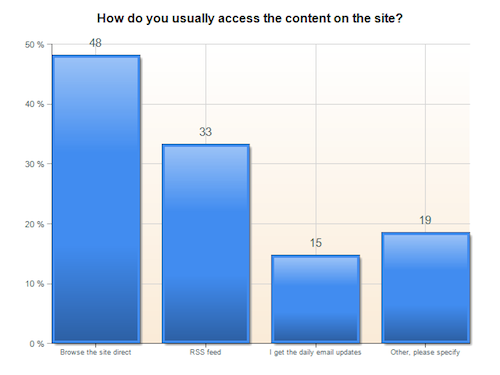


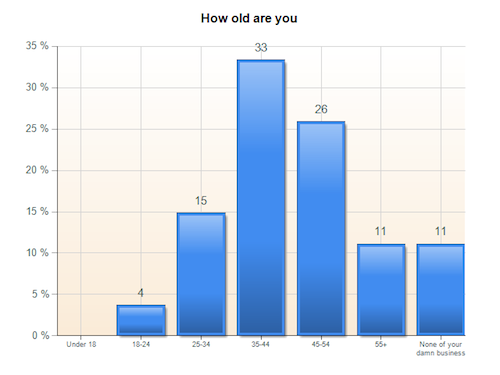
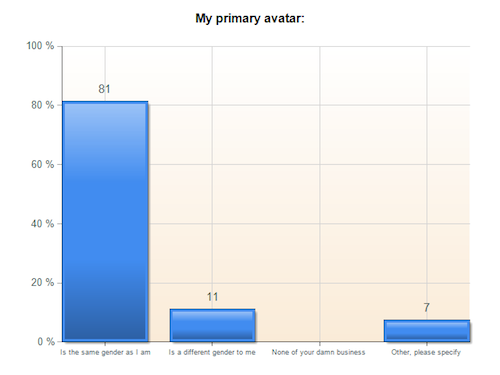



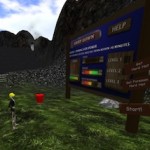


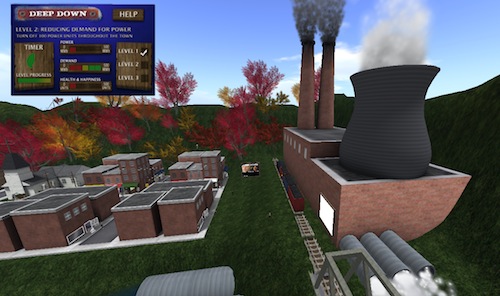



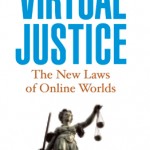
Recent Comments